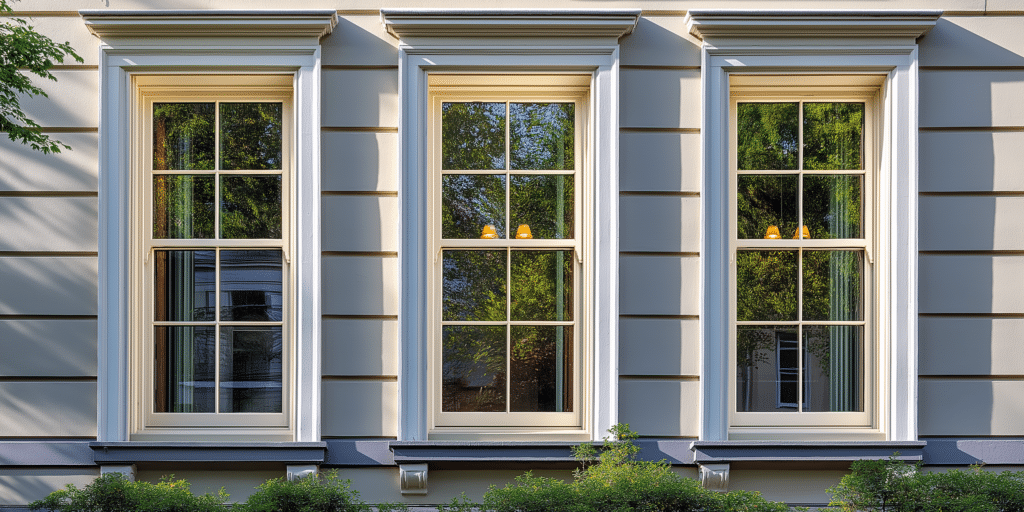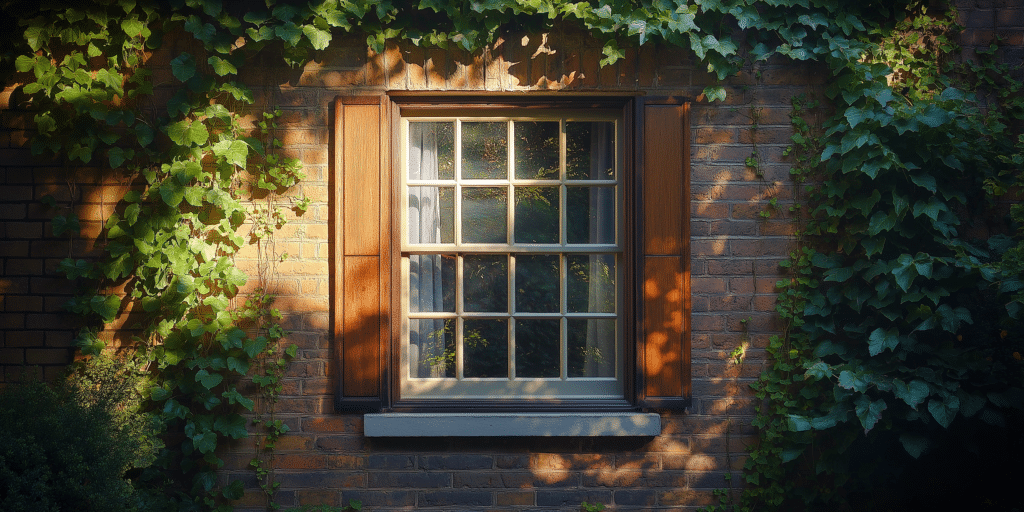Sash Windows Balance Covers: Everything You Need to Know

Balance covers are essential components of sash windows that protect the balance mechanism, ensuring smooth and efficient operation. These covers act as protective shields, keeping elements such as dust, moisture, and debris out of the balance system, allowing sash windows to function optimally.
By shielding sensitive parts, balance covers prevent internal mechanisms from becoming stiff or misaligned, which can lead to operational problems like jamming or improper closure. Regular inspection and maintenance of balance covers can prevent costly repairs and extend the life of your windows.
Balance covers are typically made from plastic, metal, or composite materials. The right material for your windows depends on your home’s climate, window type, and architectural style. For example, plastic balance covers are more affordable, while metal options such as aluminium provide greater durability. This article provides a detailed analysis of the pros and cons of these materials.
The Importance of Balance Covers in Sash Windows
Balance covers are not merely protective shields; they play a crucial role in the performance and longevity of sash windows. When balance covers are damaged or worn, the balance system becomes vulnerable to wear and tear, leading to operational issues such as jamming. Without functional balance covers, the window’s balance system becomes exposed to the elements, potentially shortening the lifespan of the entire window.
These covers help reduce drafts and improve insulation by sealing the balance mechanism. A well-sealed window minimises air leakage, helping maintain a comfortable indoor temperature, especially during extreme weather. Additionally, balance covers reduce external noise, providing a quieter environment inside the home.
In heritage properties, balance covers ensure that the traditional aesthetic of the window is preserved while modern technology enhances functionality. This is particularly important when maintaining period properties where the original windows must be preserved.
Types of Sash Window Balance Covers
There are various types of sash window balance covers to consider, each suited to different styles of windows. The most common types include spiral balance covers, spring balance covers, and the weight and pulley system.
Spiral balance covers are often made from durable plastic and are commonly used in modern sash windows due to their compact size and ease of maintenance. In contrast, spring balance covers use tension springs housed in metal or composite casings to balance the sash’s movement.
Modern balance covers can be retrofitted for older, more traditional windows to improve performance. Retrofitting is particularly effective in older homes where maintaining the window’s historical integrity while still benefiting from modern operational advancements is essential.
Materials Used in Sash Window Balance Covers

The materials used in balance covers play a crucial role in their durability and efficiency. The most common materials include plastic, metal (such as aluminium or stainless steel), and composite materials.
Plastic balance covers are lightweight and corrosion-resistant, making them ideal for homes in humid environments. However, they are less durable than metal options. Aluminium and stainless steel balance covers offer greater strength and are resistant to harsh climates, making them more suitable for areas with extreme weather conditions.
Choosing the right material for your balance covers depends on several factors, including the climate, window type, and desired aesthetic. High-quality materials enhance both the function and look of sash windows.
How to Identify When Your Sash Window Balance Covers Need Replacing
Over time, sash window balance covers may become worn or damaged, impacting the window’s overall operation. Signs of wear include difficulty opening or closing the window, rattling noises, or visible damage to the covers.
Deteriorated balance covers allow dirt, moisture, and other elements to penetrate the balance system, leading to rust or stiffness. Neglecting these issues can result in costly repairs or complete system failure.
While basic inspection is simple enough, replacing balance covers is a more complex task that requires specific tools. Always assess whether DIY replacement is appropriate or whether professional assistance is needed to avoid damaging the window system.
Step-by-Step Guide to Replacing Sash Window Balance Covers
Replacing sash window balance covers requires some basic tools, including a screwdriver, utility knife, and protective gloves. The first step is to carefully unscrew or unclip the existing balance covers from the window frame and sash.
Ensure that the window sash is supported during removal to prevent damage. During the installation of new balance covers, ensure they are aligned correctly, and the sash remains balanced. After installation, test the window several times to confirm smooth operation.
Any issues with window operation after replacement may indicate improper alignment or installation of the covers, which will require adjustment.
The Role of Balance Covers in Energy Efficiency

Balance covers play a significant role in enhancing the energy efficiency of sash windows by preventing drafts and improving insulation. They ensure the internal balance mechanism is properly sealed, reducing heat loss and energy costs.
Modern balance covers made from thermally insulated materials provide additional benefits, improving the thermal performance of windows. Retrofitting older sash windows with modern balance covers is an effective way to increase energy efficiency without replacing the entire window system.
Choosing the Right Balance Covers for Your Sash Windows
When selecting balance covers, consider the type of sash window, the material durability, and the aesthetic appeal of the covers. In period properties, opting for balance covers that enhance modern functionality while maintaining the traditional aesthetic is advisable.
Homeowners should also factor in the size of the windows and the climate, as these affect the overall durability and performance of the balance covers.
Maintenance Tips for Prolonging the Life of Balance Covers
Regular inspection and maintenance of balance covers are crucial for ensuring their longevity. Inspecting covers annually for signs of wear, such as cracks, misalignment, or dirt buildup is recommended. Keeping balance covers clean and well-lubricated ensures smooth operation and prevents system failures.
Final Thoughts: Enhancing Sash Windows with the Right Balance Covers

Choosing the right balance covers for your sash windows is essential for ensuring both functionality and aesthetic appeal. A high-quality balance cover reduces maintenance costs, improves energy efficiency, and extends the life of your sash windows.
For period properties, balance covers play an important role in preserving the traditional look while providing modern benefits. Investing in well-made balance covers is a smart decision that pays off in long-term savings and improved window performance.




